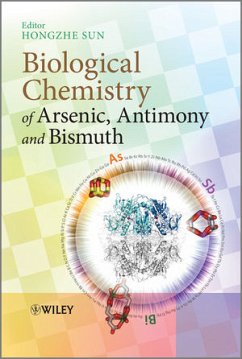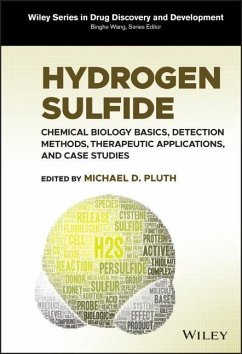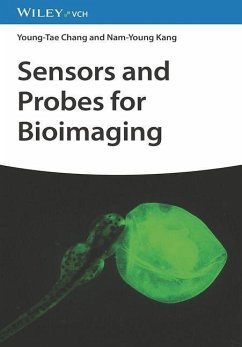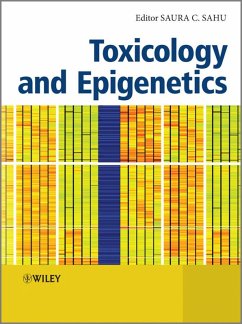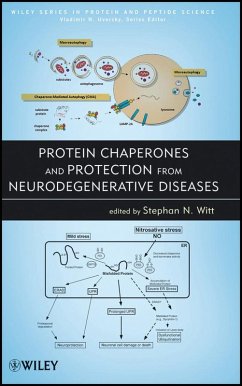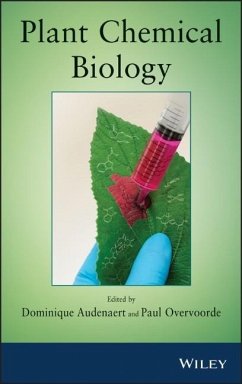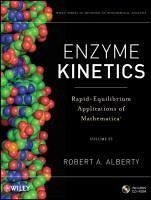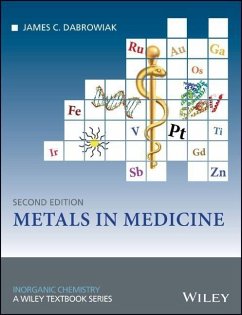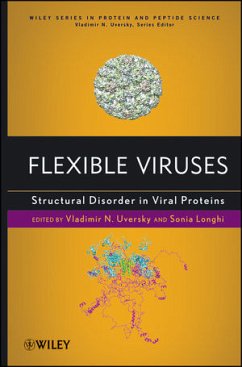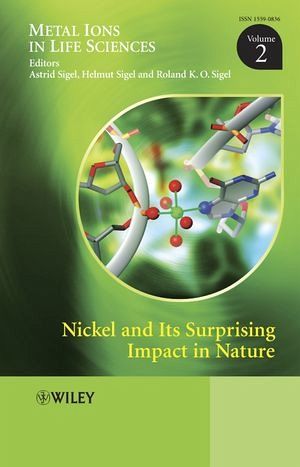
Nickel and Its Surprising Impact in Nature, Volume 2

PAYBACK Punkte
244 °P sammeln!
Volume 2 focuses on the vibrant research area concerning nickel as well as its complexes and their role in Nature. With more than 2800 references and over 130 illustrations, it is an essential resource for scientists working in the wide range from inorganic biochemistry all the way through to medicine. In 17 stimulating chapters, written by 47 internationally recognized experts, Nickel and Its Surprising Impact in Nature highlights critically the biogeochemistry of nickel, its role in the environment, in plants and cyanobacteria, as well as for the gastric pathogen Helicobacter pylori, for gen...
Volume 2 focuses on the vibrant research area concerning nickel as well as its complexes and their role in Nature. With more than 2800 references and over 130 illustrations, it is an essential resource for scientists working in the wide range from inorganic biochemistry all the way through to medicine. In 17 stimulating chapters, written by 47 internationally recognized experts, Nickel and Its Surprising Impact in Nature highlights critically the biogeochemistry of nickel, its role in the environment, in plants and cyanobacteria, as well as for the gastric pathogen Helicobacter pylori, for gene expression and carcinogenesis. In addition, it covers the complex-forming properties of nickel with amino acids, peptides, phosphates, nucleotides, and nucleic acids. The volume also provides sophisticated insights into the recent progress made in understanding the role of nickel in enzymes such as ureases, hydrogenases, superoxide dismutases, acireductone dioxygenases, acetyl-coenzyme A synthases, carbon monoxide dehydrogenases, methyl-coenzyme M reductases ... and it reveals the chaperones of nickel metabolism.



